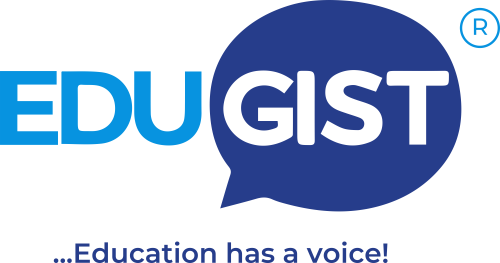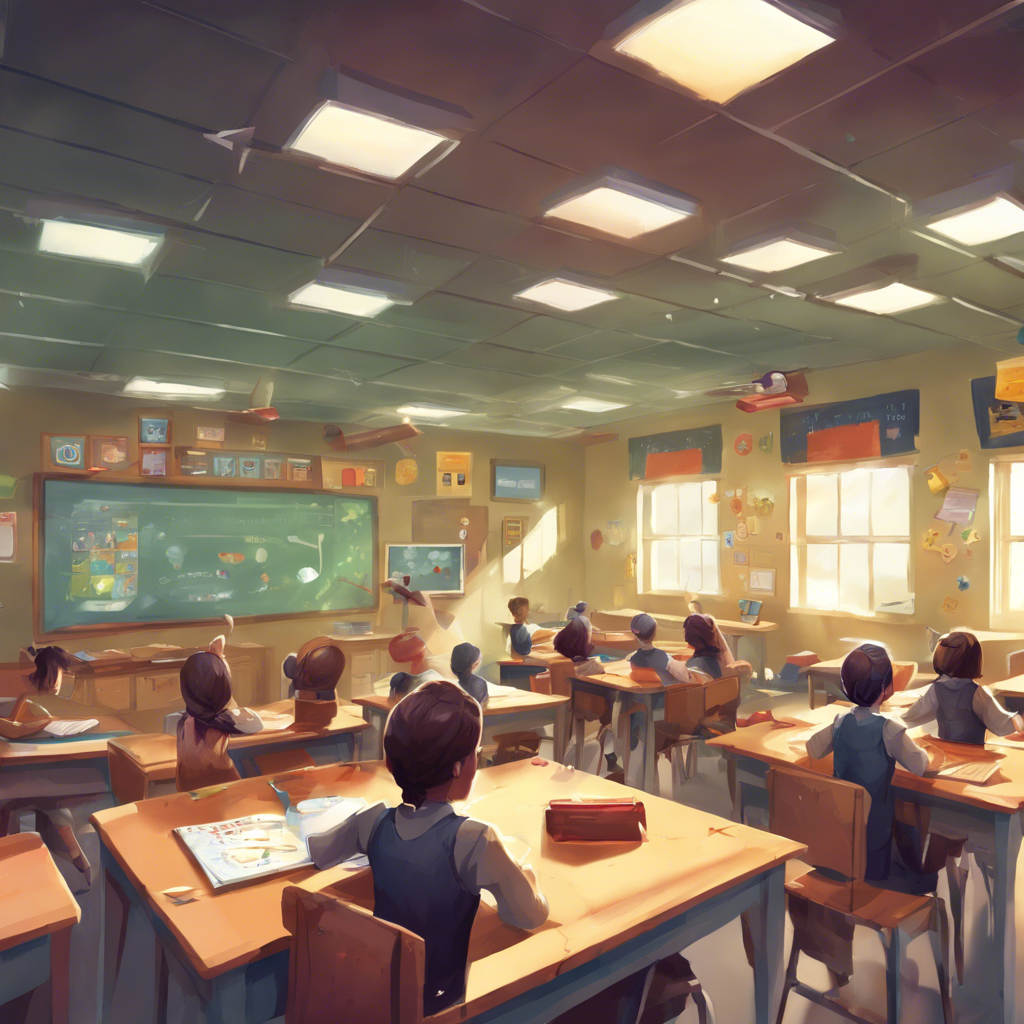Gamification, the application of game-design elements in non-game contexts, has gained significant traction in various sectors, including education.
By transforming traditional educational activities into engaging and interactive experiences, gamification aims to enhance student motivation, engagement, and overall learning outcomes.
One of the primary benefits of gamification in education is its ability to boost student engagement and motivation. Traditional educational methods often struggle to maintain student interest, particularly in an age where digital distractions are omnipresent.
Gamification leverages elements such as points, badges, leaderboards, and rewards to create a sense of achievement and competition, which can significantly increase student participation. According to a study by Hamari, Koivisto, and Sarsa (2014), gamification can enhance user engagement through motivational affordances, such as providing immediate feedback and setting clear goals.
These elements align with the intrinsic motivations of students, fostering a more active and involved learning environment.
Gamification can also lead to improved retention of information. The interactive nature of gamified learning experiences encourages active participation and hands-on engagement, which are critical factors in reinforcing knowledge. Educational games and simulations provide opportunities for students to apply theoretical concepts in practical scenarios, thereby solidifying their understanding.
A study by Su and Cheng (2015) found that students who engaged in gamified learning activities demonstrated higher levels of knowledge retention compared to those who participated in traditional learning methods. The researchers attributed this improvement to the engaging and interactive nature of gamified experiences, which facilitate deeper cognitive processing. Incorporating gamification in education can foster the development of essential skills such as problem-solving, critical thinking, and collaboration. Many educational games are designed to present challenges that require strategic thinking and decision-making. By navigating these challenges, students can develop and refine their cognitive abilities.
Furthermore, multiplayer and team-based games promote collaboration and communication skills. According to a report by the National Education Association (NEA), collaborative gamified activities can help students learn to work effectively in teams, resolve conflicts, and communicate ideas clearly.
Gamification allows for the creation of personalized learning experiences tailored to individual student needs and preferences. Adaptive learning technologies can adjust the difficulty level and content based on a student’s performance, ensuring that each learner is appropriately challenged and supported. Research by Deterding, Dixon, Khaled, and Nacke (2011) highlights the potential of gamification to provide customized feedback and learning paths, which can cater to diverse learning styles and paces.
This personalized approach can help address the varying needs of students, promoting a more inclusive and effective learning environment. Gamified learning environments often encourage students to take ownership of their learning journey. By setting goals, tracking progress, and earning rewards, students can develop a sense of autonomy and responsibility. This self-directed approach can cultivate intrinsic motivation and a lifelong love of learning.
A study by Landers and Callan (2011) found that students who participated in gamified courses exhibited higher levels of self-efficacy and intrinsic motivation compared to those in traditional courses. The researchers concluded that gamification can empower students to take control of their learning and develop a proactive attitude toward education.
Gamification presents a promising avenue for enhancing educational experiences and outcomes. By leveraging game-design elements, educators can create engaging, interactive, and personalized learning environments that foster motivation, retention, skill development, and student autonomy.















